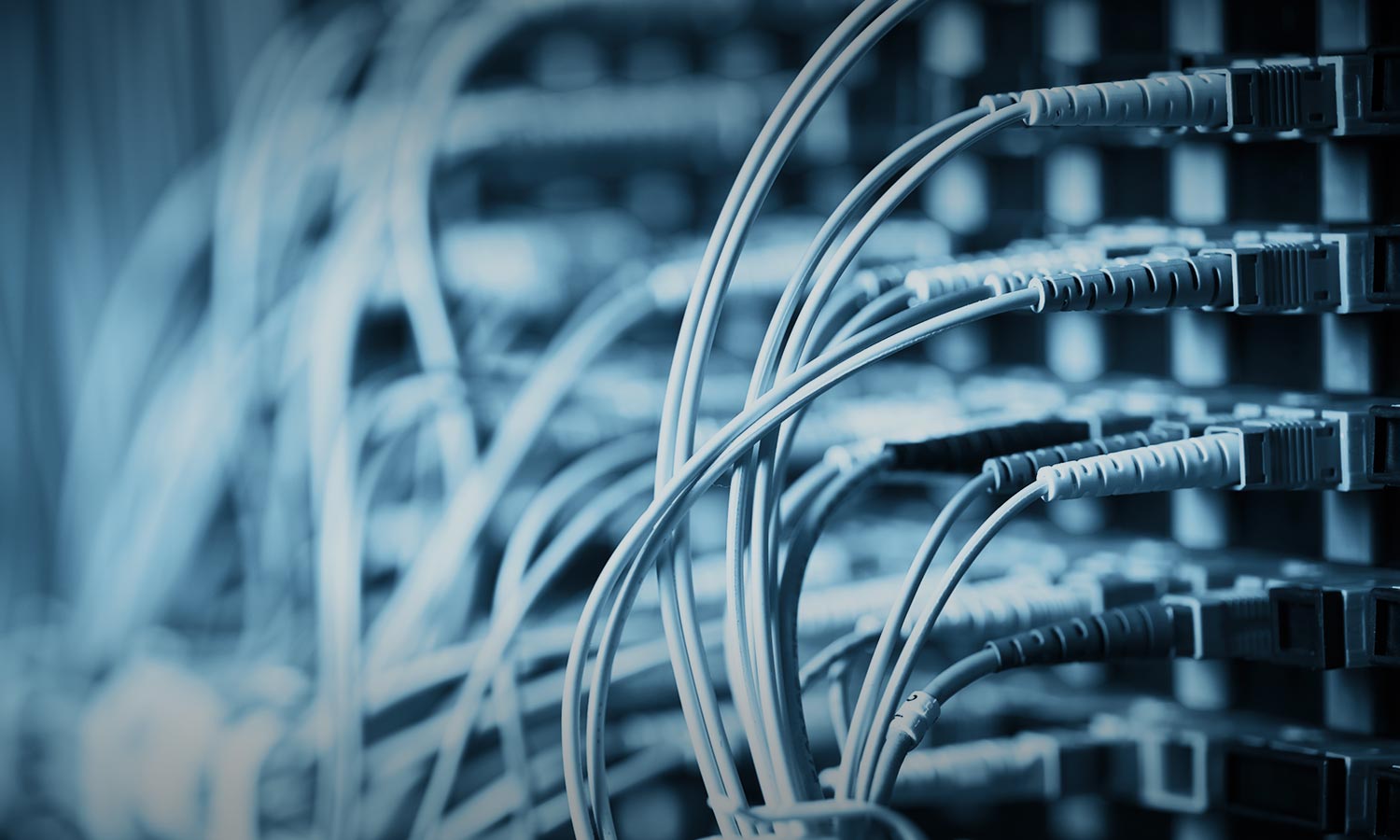Home » Industries » Telecom / Datacom »
Cloud & Cloud Edge
Cloud providers have become the foundation of networking services, with data from all around the world transiting through their data centers. Cloud-native applications are driving cloud providers to deploy more data centers on the edge of networks to minimize latency, overcome inconsistent connections, and store and compute data closer to the end-user. These benefits are causing the global market for edge data centers to explode, with PWC predicting that it will nearly triple from $4 billion in 2017 to $13.5 billion in 2024.

Types of Edge Data Centres
| Types of Edge | Data center | Location | Number of DCs per 10M people | Average Latency | Size | |
|---|---|---|---|---|---|---|
| On-premises edge | Enterprise site | Businesses | NA | 2-5 ms | 1 rack max | |
| Network (Mobile) | Tower edge | Tower | Nationwide | 3000 | 10 ms | 2 racks max |
| Outer edge | Aggregation points | Town | 150 | 30 ms | 2-6 racks | |
| Inner edge | Core | Major city | 10 | 40 ms | 10+ racks | |
| Regional edge | Regional edge | Regional | Major city | 100 | 50 ms | 100+ racks |
| Not edge | Not edge | Hyperscale | State/national | 1 | 60+ ms | 5000+ racks |

The Pains of Disaggregation
Cloud providers cannot distribute their processing capabilities without considerable investments in real estate, infrastructure deployment, and management. This situation leads to hyperscalers cooperating with telecom operators to install their servers in the existing carrier infrastructure. In this context, edge computing poses a few problems for telecom providers too.
Key Challenges
- With the rise of edge data centers, telecom providers must manage hundreds or thousands of new nodes that will be hard to control and maintain.
- Cloud providers need a flexible network with pay-as-you-go scalability that can handle future capacity needs
- Power consumption can increase significantly due to the massive numbers of interconnects
Sustainable and Affordable Data Transfer
Using highly-integrated optical transceivers can make it more affordable and sustainable for cloud providers and telecom operators to transfer data among data centers.
Key Solutions
- Transceivers with self-tuning make it easier to manage a huge number of nodes
- Transfer data, not power: Data centers can be relocated to areas where spare power capacity is available, preferably from nearby renewable energy sources.
- Transceiver with highly-integrated optics and electronics will have reduced power consumption


Takeaways
Cloud-native applications are driving cloud providers to deploy more data centers on the edge of networks to minimize latency, overcome inconsistent connections, and store and compute data closer to the end-user. However, cloud providers cannot distribute their processing capabilities without considerable investments in real estate, infrastructure deployment, and management. Using highly-integrated optical transceivers can make it more affordable and sustainable for cloud providers and telecom operators to transfer data among data centers.